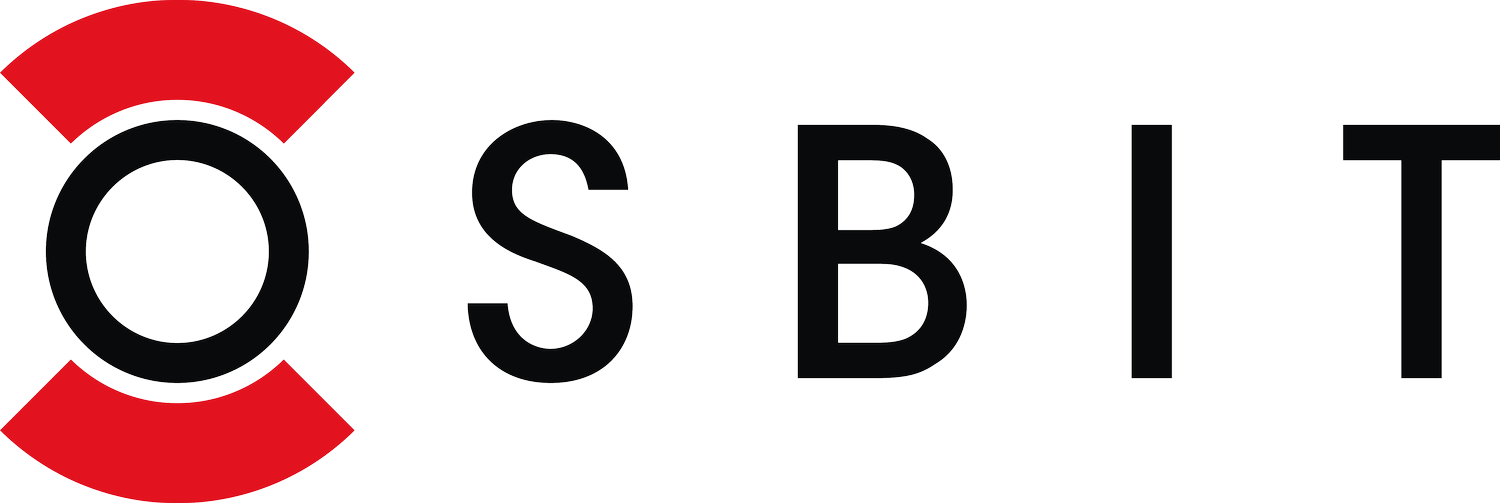Engineer Experiences: Lewis
Osbit recently delivered its largest and most technologically complex engineering project – an innovative well intervention tower system – to FTAI Ocean. The 1,300-tonne system, standing at 40 metres tall, will operate in water depths up to 1,500 metres, to support well stimulation and integrity as well as end-of-life activities.
Osbit engineer Lewis Rowell talks about his experience working on the project…
When did you start working on the project?
June 2020.
What was your role?
I came in towards the end of the design stage, more for the programming and the onsite commissioning. I was writing software, and worked on quite a few of the sub-systems.
What was your biggest achievement during your time on this project?
The vertical racking system software. It was a big chunk of code, it was complicated, but really good to get stuck into. It was a really big learning curve, and with the added time pressure, it was a really quick learning curve as well.
How has your experience grown because of this project?
Software engineering is the main part of my role anyway, but this was a different level of exposure, just a much bigger project than anything we’d done before. The tower was made up of eight sub-systems, and some of the sub-systems were the same size code as what a full vehicle would be. The magnitude of the project was bigger and therefore the intricacies were too. There was a lot of third party equipment that we had to interface with, and writing different types of code. We were a lot more involved with suppliers, so there were lots of support calls and video calls during commission, and that added a different element to the role.
What would be your biggest takeaway from this project?
Getting the factory acceptance test (FAT). It was a really big push towards the end and there was a lot of time pressure. The biggest achievement for me was the vertical racking system. That was also the final milestone, so once that was done, we could claim for substantial completion – it felt like a huge relief knowing that it was finished.
What did you move on to after this project?
I’ve just moved onto a control system upgrade. This is a system that lowers ROVs into the sea. A system that Osbit built years ago, but it was with older technology so we’re upgrading the control system to a more user-friendly PLC processor.
Was there a particular individual who inspired you on the project?
I worked really closely with Callum Noble from the start to the finish. By trade he is a mechanical engineer, so it was his choice to learn control systems, to learn the electrical side of things. He was also the control system lead – managing us, checking in all the time, and he did a really good job. The amount of information he’s got in his head is really impressive.
What learnings will you take to the next project?
I think the amount of code that I’ve just written. Moving forward, it will make structuring and doing that kind of work again a lot easier. But also the project management side of things. I’m more familiar with all of the Osbit systems processes and how everything interfaces, so I feel more equipped to take on any kind of job.
If you could describe the project in 3 words, what would they be?
Challenging – in a positive way as it was great learning curve. Collaborative – there were eight sub-systems and lots of moving parts to deliver one huge project, so everyone was interfacing in different ways. Learning curve – it’s only really been now when I’ve looked back and thought about what I’ve actually done. I’d never seen a project through from start to finish at Osbit, I’d only done small stages on each. Whereas on this project, it was a good opportunity to to go through the full project life cycle.
What made the project successful?
It has to be how invested every person who worked on it was. Projects like that doesn’t come along every day, and everybody felt a personal responsibility to get it delivered.
What piece of advice would you give to someone coming into a project like that?
Don’t panic, and just break everything down into logical bitesize chunks. When you look at a job like that, especially at the start, it is really daunting, and a little bit of imposter syndrome can creep in. But at the end of the day, any task, if you break it down into small enough chunks and just tick them off one by one, can be worked through. I don’t think anything is ever as hard as it really first seems, so try to stay calm.
